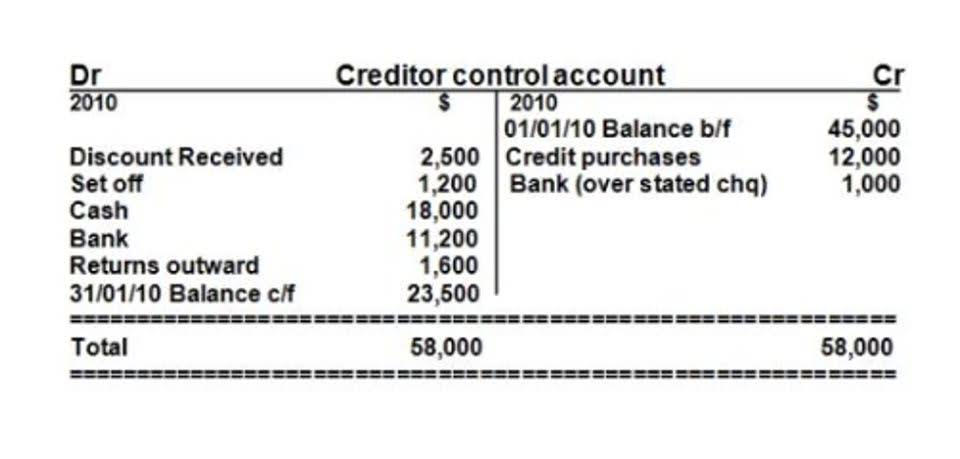OE Owner’s Equity accounting

Since the balance sheet is founded on the principles of the accounting equation, this equation can also be said to be responsible for estimating the net worth of an entire company. The fundamental components of the accounting equation include the calculation of both company holdings and company debts; thus, it allows owners to gauge the total value of a firm’s assets. The fundamental accounting equation, also called the balance sheet equation, is the foundation for the double-entry bookkeeping system and the cornerstone of the entire accounting science. In the accounting equation, every transaction will have a debit and credit entry, and the total debits (left side) will equal the total credits (right side).

Understanding Accounting Basics (ALOE and Balance Sheets)

Only \$1.4B (of the total \$18B) and there’s no long-term debt. What it does owe are “accounts payable” — the equivalent of a credit-card bill (usually paid within a short timeframe). Let us understand the importance of determining the operating earnings per share through the points below. Multiple components come together to form the process of calculating and formulating the operating earnings per share. Let us understand how to calculate through the detailed explanation below. The book value https://www.bookstime.com/ of owner’s equity might be one of the factors that go into calculating the market value of a business.
What’s a balance sheet?
Negative equity could indicate potential bankruptcy or inability to cover costs and expenses. For example, if a business is unable to show its ability to oe accounting financially support itself without capital contributions from the owner, creditors could reconsider lending the business money. Operating Earnings or Operating Income is the profit a company earns from its core business activity after deducting operational direct and indirect costs from sales revenue. It is also known as EBIT, i.e., earnings before interest and taxes.

Operating Earnings
- Thus, the accounting equation is an essential step in determining company profitability.
- Though it gets close to the nitty-gritty, operating earnings aren’t quite the famed “bottom line” that truly signals how well—or how poorly–a firm is faring.
- Just make sure that the increase is due to profitability rather than owner contributions keeping the business afloat.
- Not a good sign — if you liquidated the company today, it couldn’t pay off its debt.
- Owner’s equity is calculated by adding up all of the business assets and deducting all of its liabilities.
When a company has negative owner’s equity and the owner takes draws from the company, those draws may be taxable as capital gains on the owner’s tax return. For that reason, business owners should monitor their capital accounts and try not to take money from the company unless their capital account has a positive balance. Management uses this measure of earnings to gauge the profitability of various business decisions over time. Operating earnings are usually found within a company’s financial statements —specifically, towards the end of the income statement. Though it gets close to the nitty-gritty, operating earnings aren’t quite the famed “bottom line” that truly signals how well—or how poorly–a firm is faring.
Balance sheets show the Assets and Liabilities of the company. And the use of the Cash flow statement is to know about cash inflows and outflows of the company. Operating profit is a part of the Income Statement of the company. A company’s quarterly and annual reports are basically derived directly from the accounting equations used in bookkeeping practices. These equations, entered in a business’s general ledger, will provide the material that eventually makes up the foundation of a business’s financial statements.
- Sorry guys — you can’t take out a loan and make your share of the company more valuable.
- This article is based on information available in May 2021.
- For the same period in the previous year the amount was $7.6 billion.
- However, critics could point out that restructuring costs should not be classified as one-offs if they occur with some regularity.
- A company’s quarterly and annual reports are basically derived directly from the accounting equations used in bookkeeping practices.
- All amounts are assumed and simplified for illustration purposes.
- When your business makes a profit, owner’s equity is positive.
- Here’s everything you need to know about owner’s equity for your business.
- Accounting has simple and surprisingly elegant ways to track a business.
- In reality, most companies are worth several times their reported assets; Google’s market cap is over 10x the book value (but read more about stocks to see why market cap is not quite right).
- This then allows them to predict future profit trends and adjust business practices accordingly.
- The earnings from this section of their business jumped from $167 million to $911 million in one year.
This formula (also called https://www.facebook.com/BooksTimeInc/ ALOE) might seem strange at first. Because we’re looking from the point of view of the company, not the shareholders. If the company has something, it could be owed to someone else. Berkshire Hathway, the multi-national conglomerate experiences a 12% jump in their operating earnings in 2023.
Line of Accounting (LOA) Service Designator Code
Therefore, each Agency must now research and determine the availability period for all appropriations. Positive equity increases the number of shares available to shareholders. Here is a sample Statement of Owner’s Equity of a service type sole proprietorship business, Carter Printing Services. All amounts are assumed and simplified for illustration purposes. Assets are broken into short-and long-term categories; the company is worth about \$18 billion on the books (as of Dec 2006).